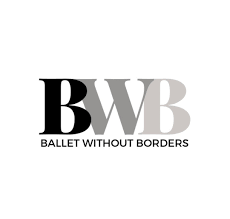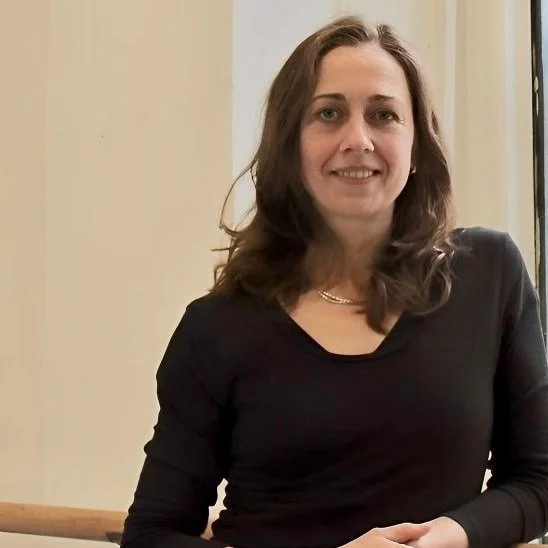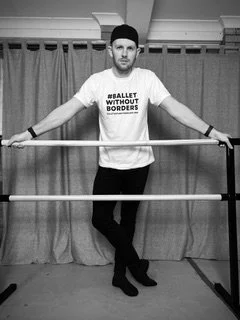This month we had the pleasure of interviewing Artistic Director of Australian Institute of Classical Dance, Kathleen Hamilton who are also one of our latest partners to support the work that we do.
In 3 words what does ballet mean to you?
Emotion, being, giving.
What would be your favourite ballet to dance?
A pas de deux choreographed to a favourite adagio piece of music. I think it is the music which compels one to dance. I had the good fortune of dancing a pas de deux to Rachmaninoff’s “Vocalise”. It was like stepping into heaven each time we performed it.
Do you believe that ballet is a readily accessible art-form?
No, I don’t think ballet is readily accessible because of the expense to go and see ballet live and the expense of lessons and dance gear for those wanting to learn ballet. Other arts, such as singing, music or acting, can accessed by community-based clubs or groups but not for ballet. In this country, visual arts seem to be well catered for in the way of public art galleries but the performing arts have always struggled from not enough government funding. In countries where the performing arts are well subsidised, the access to reasonably priced tickets is much better.
What do you believe is a typical misconception about ballet that you would like to set straight?
Ballet is often thought of as an elite art to view and an elite activity for children to learn because of the expense involved. It would be great to bring ballet into the early learning and primary school education system as a part of the sports subjects, combining it with other forms of dance and using ballet exercised as part of warming up for track and field, ball games and other sports activities. Ballet might become recognized as a fitness and good health activity as well as an art form. This might encouraging more interest and understanding of ballet.
What are you reading right now?
“The Vanishing Half” by Brit Bennett.
One thing that most people don’t know about you?
I am pretty much an open book so I can’t think of anything that most people don’t know about me. I try not to despair of the violence and abuse of power in the world but focus on the amazing human, creative, spirit which has enhanced our world throughout history.
Why is the work BWB do so important?
I think some people are born dancers but for lack of encouragement or opportunity in life, miss out on fulfilling their talent. BWB could be a game changer for these circumstances.
Favourite ballet to watch?
Kenneth McMillans “Romeo and Juliet” and Fredrick Ashton’s “A Mid-Summer Nights Dream” Both ballets tell the stories so well and both are so musically choreographed.
If you could go back to a point in time in your life, what advice would you give yourself?
I would tell my 15yr old self to forget about being shy, have the confidence to push oneself forward and instead of being afraid of failing, learn from experiences and not to lose self-awareness and confidence.
You have been given an elephant! You cannot sell it or give it away, what do you do?
I would rally around friends, family and community and make it a communal challenge to find local accommodation, food and nurturing for the Elephant. A challenge shared is a challenge solved and the joy of success is also shared.






